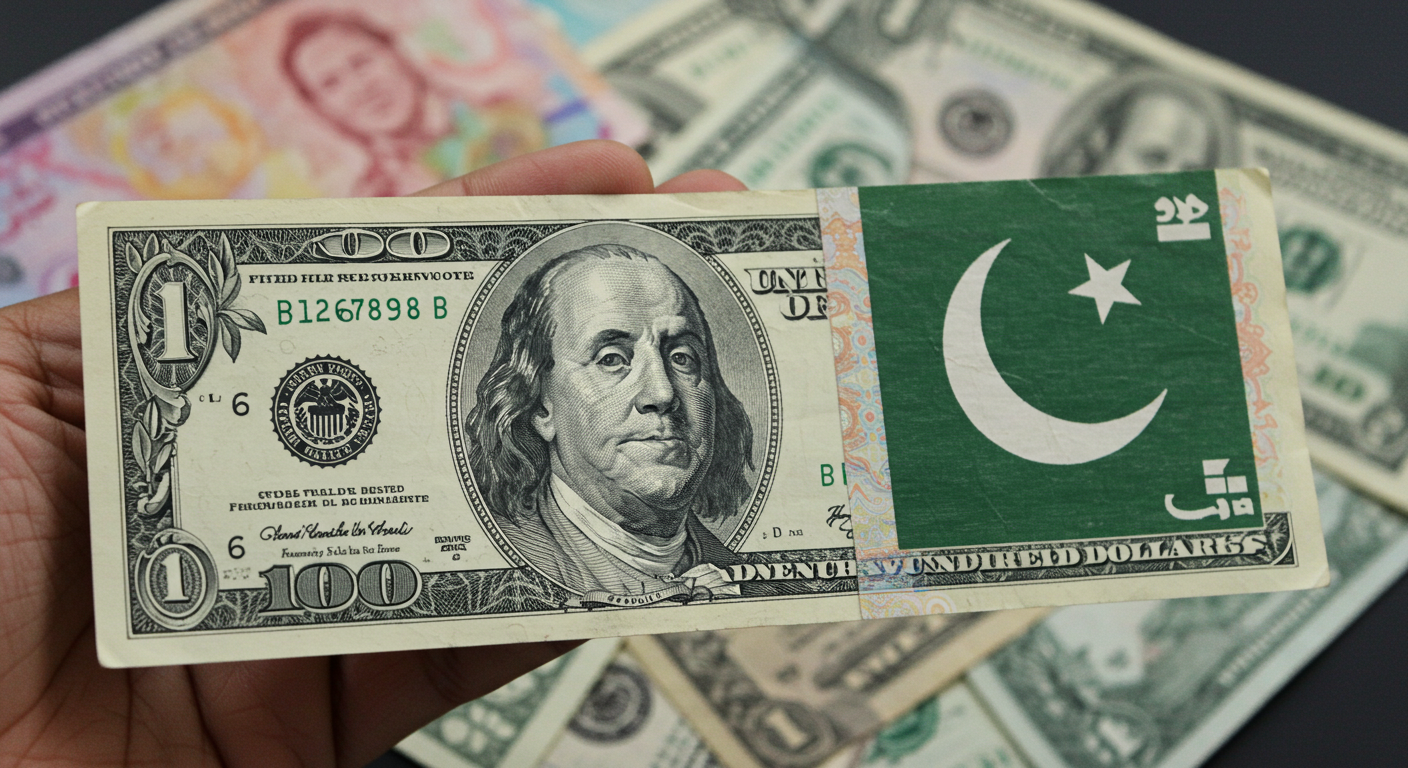Pakistan’s Conspiracy in Indian Cricket: A Deep Dive into the Allegations

Pakistan’s Conspiracy in Indian Cricket: A Deep Dive into the Allegations
The world of international cricket is often a fiercely competitive arena. But the whispers about conspiracies and hidden agendas, particularly those involving Pakistan and India, can generate a lot of heat. This article delves into the accusations leveled against Pakistan, exploring whether there’s any merit to claims of interference in Indian cricket’s affairs.
The rivalry between Pakistan and India transcends the sporting arena. It’s steeped in political tensions and historical baggage, making any perceived slight or advantage potentially amplified into a narrative of orchestrated conspiracy.
The Nature of Allegations
The allegations of Pakistan’s involvement in a “conspiracy” regarding Indian cricket are varied and often unsubstantiated. These range from claims of match-fixing, alleged attempts to influence player performances, to reported meddling in team management decisions. These allegations are rarely straightforward and frequently rely on circumstantial evidence, making them exceptionally difficult to definitively prove or disprove.
It’s important to acknowledge the sensitivity surrounding this topic. The mere suggestion of such acts can have far-reaching consequences, undermining the integrity of the game and impacting the reputation of individuals and nations.
Crucially, these allegations, while often circulating in the media and among cricket enthusiasts, typically lack concrete proof. This lack of substantial evidence makes any conclusions highly speculative and potentially damaging to the reputation of both countries.
Examining the Evidence (or Lack Thereof)
Often, the “evidence” presented to support these claims revolves around anecdotal observations, suspicious patterns of events, or interpretations of players’ body language. These interpretations are inherently subjective and fail to meet the standards of objective scrutiny demanded in investigations involving serious accusations.
Independent inquiries and investigations, conducted by credible organizations, are absolutely necessary to assess these claims properly. Unfortunately, such rigorous investigations are often lacking, leaving the narrative open to conjecture and speculation. Without rigorous, impartial fact-finding, claims of conspiracies remain unsubstantiated.
The Role of Media and Public Perception
The media plays a crucial role in shaping public perception, particularly in the context of such highly charged rivalries. Sensationalized reporting, fueled by the emotional context surrounding India-Pakistan relations, can easily lead to the spread of misinformation.
Furthermore, social media’s virality can exacerbate these accusations, leading to a rapid spread of potentially false or misleading information. The lack of fact-checking and verification on these platforms further fuels the cycle of unsubstantiated claims.
The Significance of Transparency and Accountability
To address such claims effectively, both nations, and indeed international governing bodies, need robust frameworks for transparency and accountability. Establishing clear investigative procedures, fostering trust amongst stakeholders, and adhering to strict journalistic standards can help prevent and mitigate such damaging allegations.
It is also essential that individuals and organizations make an effort to verify the accuracy and objectivity of the information being shared. An awareness of biases and the importance of critical thinking are paramount in navigating this complex narrative.
Cricket’s Global Integrity
Maintaining the integrity of cricket is crucial to its global appeal. Allegations of misconduct, irrespective of the parties involved, undermine the trust and credibility that support the game.
Governments, governing bodies, and cricket administrators must actively address concerns and establish strong preventative measures. Active collaboration and dialogue amongst stakeholders can further help avoid such contentious situations in the future.
Conclusion
The accusations of Pakistan’s “conspiracy” in Indian cricket are largely based on unsubstantiated claims and heightened rivalries. While the emotional context around this rivalry is undeniably powerful, it should not cloud objective analysis or lead to hasty conclusions.
The pursuit of truth and fairness must remain paramount. Establishing independent, credible inquiries and robust reporting standards are critical in addressing these sensitive allegations and safeguarding the integrity of international cricket.
In the absence of concrete evidence, it is crucial to approach such claims with healthy skepticism. Understanding the context of historical rivalries, media portrayal, and public perception is essential in forming an informed and balanced view. Ultimately, ensuring fairness and transparency is key to maintaining the global reputation and integrity of cricket.
The need for transparency and impartial investigations is paramount. This will allow for a calm, balanced, and informed discussion on this crucial aspect of international cricket.